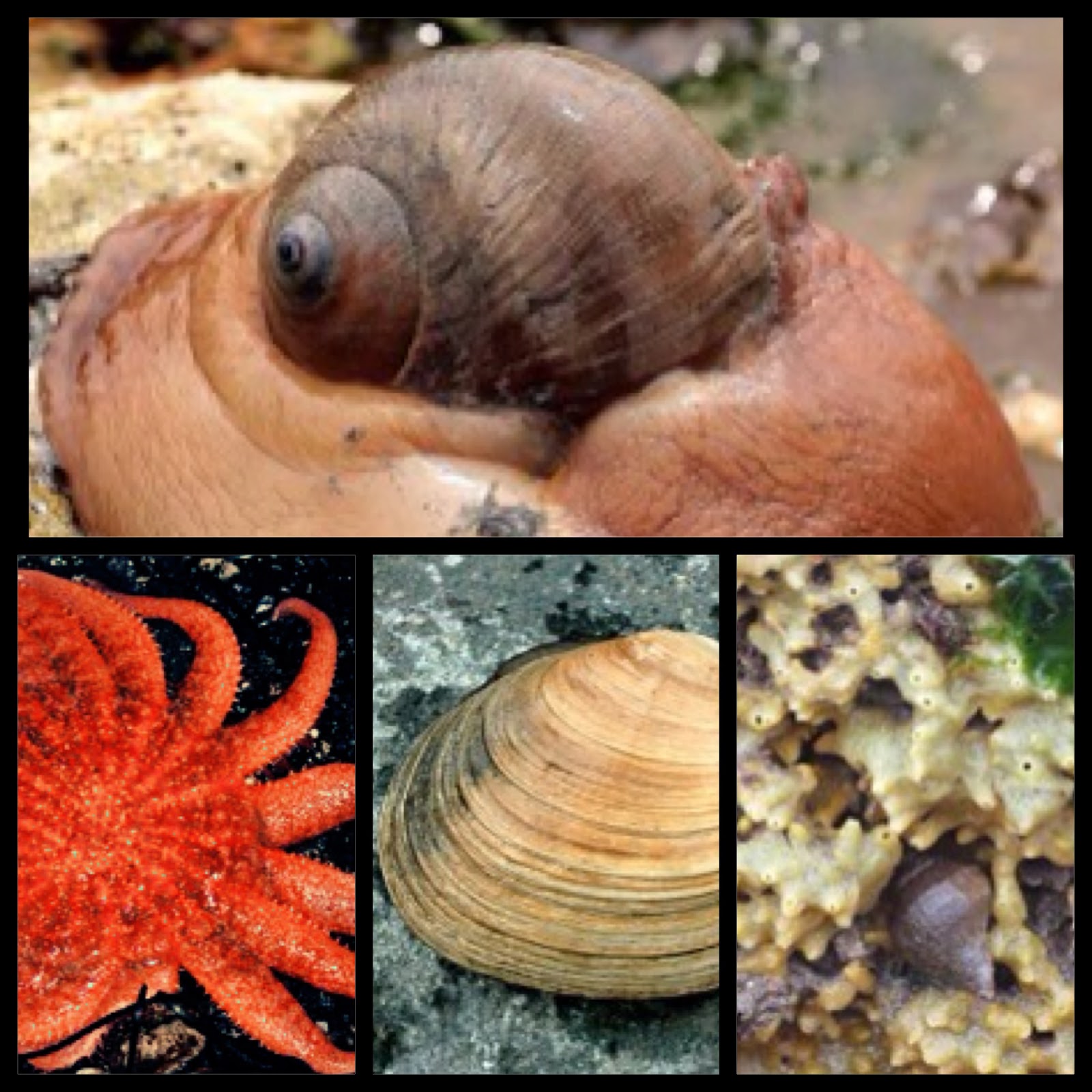Warm water + warm air + low rivers = harsh conditions for Puget Sound
More squishies, less crunchies
A large increase in jellyfish were seen in the finger inlets of Budd and Eld inlet.
When it comes to zooplankton, we've got two ends of the spectrum. The "crunchies," like small fish and shrimp, that are high in fatty acids and oils. Then, we've got the "squishies," like jellyfish, that are gelatinous and not nearly as nutritious for important species such as salmon.
It's as if Puget Sound critters have been put on a diet when they're experiencing warm water and low dissolved oxygen. For us to see a boom in jellyfish populations, we suspect there is less nutritious food for the rest of the animals in the food web.
Meet some intertidal filter feeders
Continue to learn about the creatures that live in the rocky intertidal part of Puget Sound.
From butter clams to moon snails to sunflower stars, this place where the waters meet the land is full of strange and wonderful life. Our WCC AmeriCorps intern Brook introduces you to these animals in this month's Personal Field Impressions section.
Blooms paint the waters gold
Abundant sun and unusually warm water temperatures are fueling phytoplankton and zooplankton blooms in many areas. We saw bright orange Noctiluca blooms surfacing in Commencement Bay and around Port Madison and many other parts of Puget Sound.
Our team saw this large Noctiluca bloom in Commencement Bay as they flew across Puget Sound.





